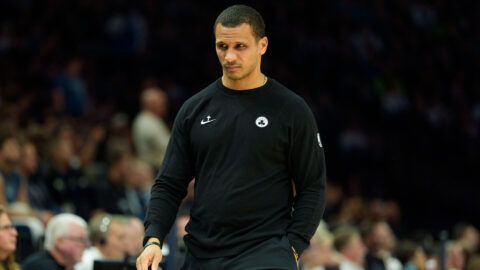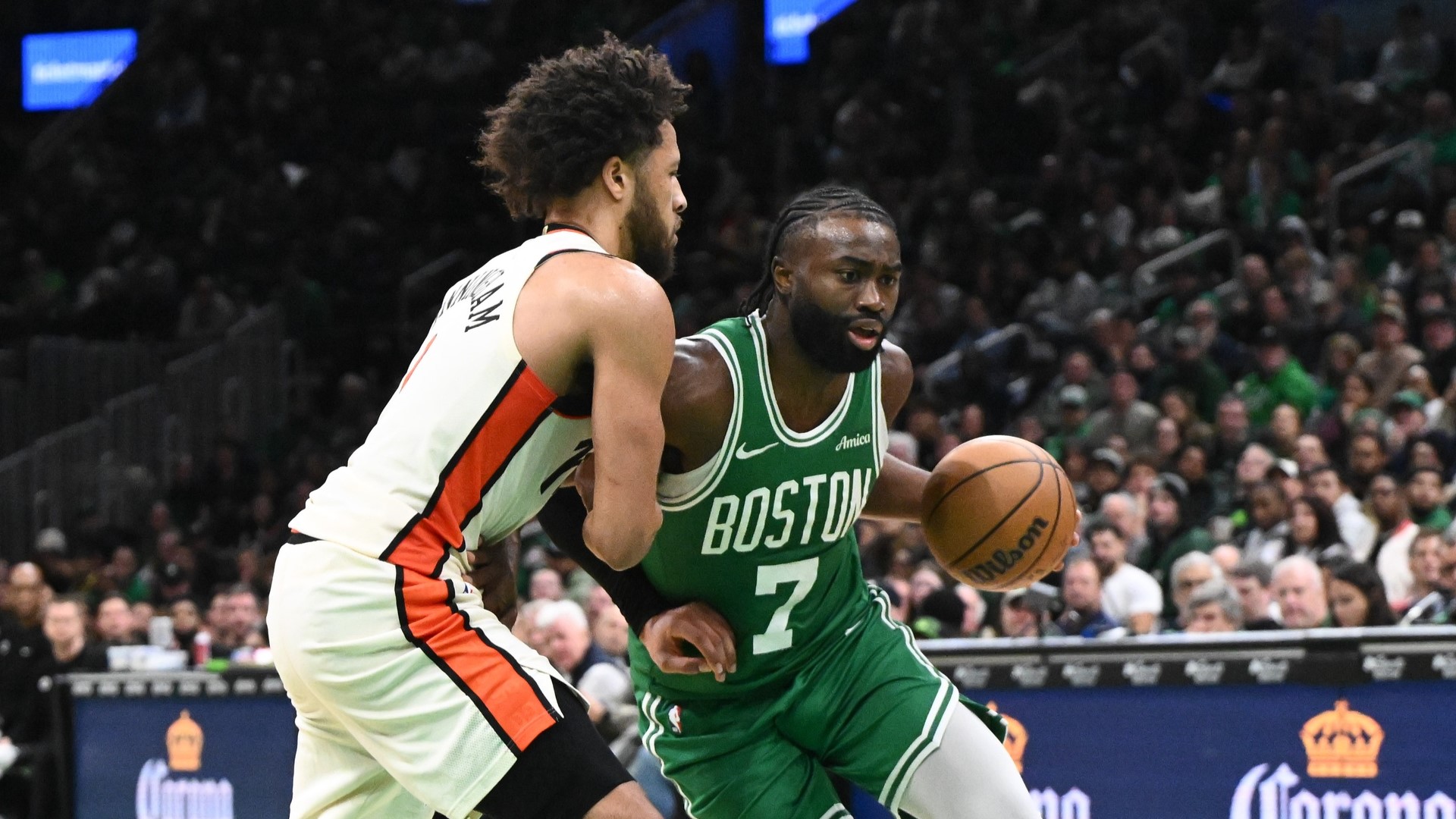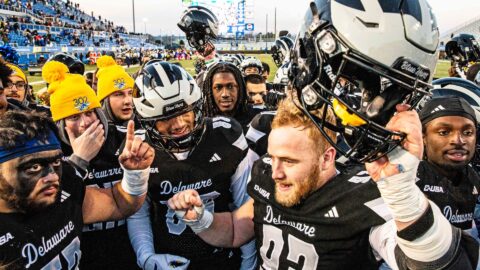The latest dangerous head shot in the NHL had a Bruin on the receiving end, with Tyler Seguin taking an elbow to the side of the head from Nashville's Patric Hornqvist on Thursday. Seguin got off light. He needed seven stitches in his ear, but returned to finish the game.
Hornqvist got off even lighter, as he was fined $2,500 but not suspended on Friday despite receiving an elbowing major and game misconduct at the time of the incident. Even with his lack of past transgressions, it's surprising that Hornqvist didn't get at least a game or two for targeting Seguin's head with a blatant elbow. But the inconsistencies in the NHL's system of supplementary discipline are well established, and hardly worth the energy to summon more outrage at this point.
Instead, the real concern this incident raises once again is the role that players' equipment continues to play in such dangerous hits. An elbow to the head is never going to feel good, but was it just that act of leading with the elbow that left Seguin needing repairs, or the fact that Hornqvist's elbow was sheathed in the armor most NHL players don these days?
Curbing the rise of head injuries in the game requires a restoration of some modicum of respect among the players first and foremost. Better codification of the rules and enforcement both on the ice and in the supplementary discipline process are needed steps as well. But another area to explore that could have an even more immediate impact on improving player safety is to put stricter restrictions on the protective equipment currently being used.
The league is looking into that area, with a committee formed at this week's general managers' meetings in Florida to seek ways to create a safer environment for players and improve coordination between the NHL Players' Association, league's competition committee and NHL board of governors.
"I'd really like to look at equipment and see at what point does a piece of equipment go beyond protecting a player and cross over into a territory of now being used as a weapon against players on other teams," NHL vice president of hockey and business development Brendan Shanahan told reporters in Florida.
Shanahan will work with fellow NHL executive and former player Rob Blake, Tampa Bay GM Steve Yzerman and Dallas GM Joe Nieuwendyk on the new committee, and he made it clear looking at the effects of the current equipment is atop his list of priorities.
"There is a level of protection that we always want to provide for the players, but I don't know if it's right that players feel completely invincible on the ice, especially when those pads are being used as weapons against the opponent," Shanahan said. "There will be a lot of research put into that and I'm going to work with the Players' Association, [and special assistant to NHLPA executive director Donald Fehr] Mathieu Schneider, with that. We're going to talk to specialists, doctors, equipment trainers, medical trainers, players and just get as much information as possible."
The NHL is already taking steps to make the rink safer. The league is studying ways to lessen the danger posed by the current position of the partitions between the benches in the wake of Zdeno Chara's hit on Max Pacioretty into one such stanchion in Montreal. And plans are in place to replace the rock-hard seamless glass with more flexible plexiglass this offseason in the final arenas that still have the unforgiving seamless glass in place above the boards.
That's welcome news to Bruins veteran Mark Recchi. His only serious concussion in the NHL was self-inflicted, as he missed a check and was hurt slamming himself into the seamless glass in Toronto a decade ago. Most NHL rinks have already eliminated that danger, but Recchi would still like to see similar steps made in reducing the threat from the hard elbow and shoulder pads driving players into those boards.
"The equipment got out of hand I think," Recchi said. "I still have the old ones. … But they're trying. They made the shoulder pads smaller, the elbow pads they've gone away from the hard pieces. They're trying to do it. It makes people feel invincible when they have that stuff on."
Bruins coach Claude Julien agrees, and added that it's not just the actual pads doing the damage, but the increased power put into hits today because players feel they can't get hurt themselves delivering such hits with so much protection on their bodies.
"Back in the day we only had those little caps on our shoulders and it may be an idea to go back to that," Julien said. "When you only have a little cap on your shoulder, are you going to think twice about the kind of hits you're going to throw. Back in those days we had dislocated shoulders and separated shoulders, but that's very minimal compared to concussions. So do we want to go in that direction? If we're going to get some injuries, it's better off to get the shoulder injuries than the head injuries. Maybe we have to minimize some of that equipment, because the better protected you are the braver you are."
Softer padding won't eliminate all head injuries. Players are still going to collide at high speeds, and such collisions are going to have consequences.
"Maybe, but I've seen guys get hit with 16-ounce gloves that have a lot of padding and they still go down," Bruins forward Shawn Thornton said when asked if softening the pads would help cut down injuries. "I think if you're moving quick enough and you catch somebody on the chin it doesn't matter what you have on there, you're probably going down."
Thornton is right. Padded blows can still deliver knockouts. Boxers don't wear gloves to lessen the impact of their punches. They wear them to protect their hands to enable them to deliver more blows.
Hockey equipment, however, isn't supposed to be designed for offensive purposes. It should be about protecting players from injury, not inflicting even more serious injuries. And protecting the players getting hit with those pads has to be as important as the well-being of the players safely ensconced in their ever-increasing layers of armor.
Do you believe the NHL needs to modify its protective equipment to reduce injuries? Share your thoughts below.



